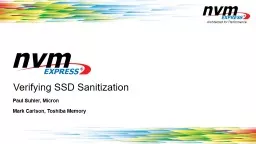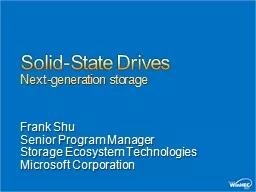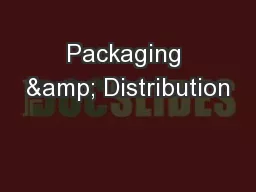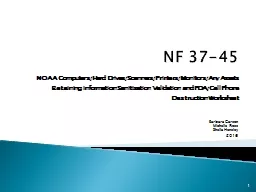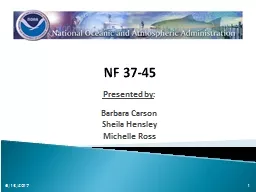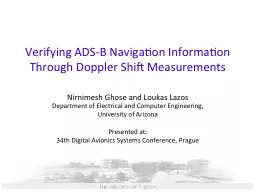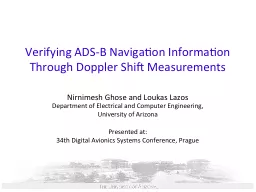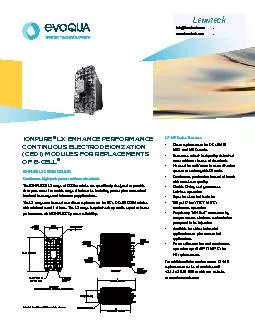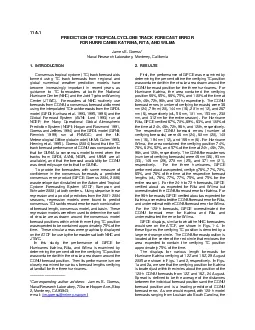PPT-Verifying SSD Sanitization
Author : danika-pritchard | Published Date : 2018-10-07
Paul Suhler Micron Mark Carlson Toshiba Memory Absent coauthor John Geldman Toshiba Memory Why Sanitize SSDs Returned repurposed or discarded storage devices probably
Presentation Embed Code
Download Presentation
Download Presentation The PPT/PDF document "Verifying SSD Sanitization" is the property of its rightful owner. Permission is granted to download and print the materials on this website for personal, non-commercial use only, and to display it on your personal computer provided you do not modify the materials and that you retain all copyright notices contained in the materials. By downloading content from our website, you accept the terms of this agreement.
Verifying SSD Sanitization: Transcript
Download Rules Of Document
"Verifying SSD Sanitization"The content belongs to its owner. You may download and print it for personal use, without modification, and keep all copyright notices. By downloading, you agree to these terms.
Related Documents

